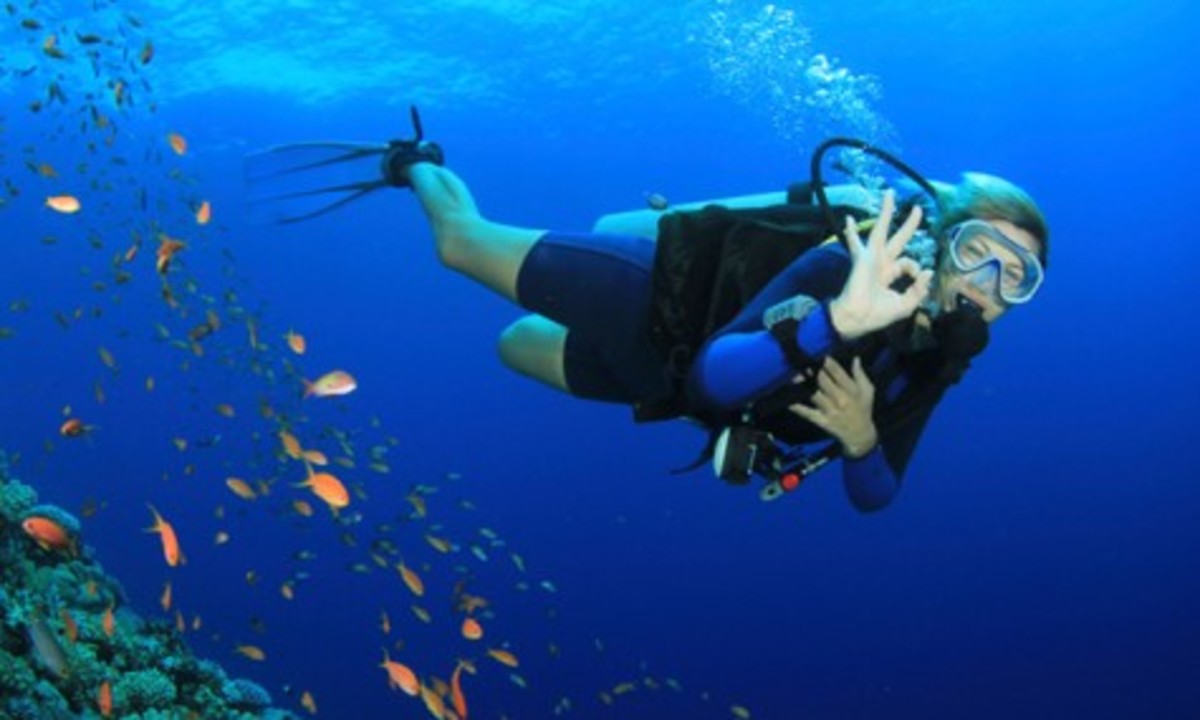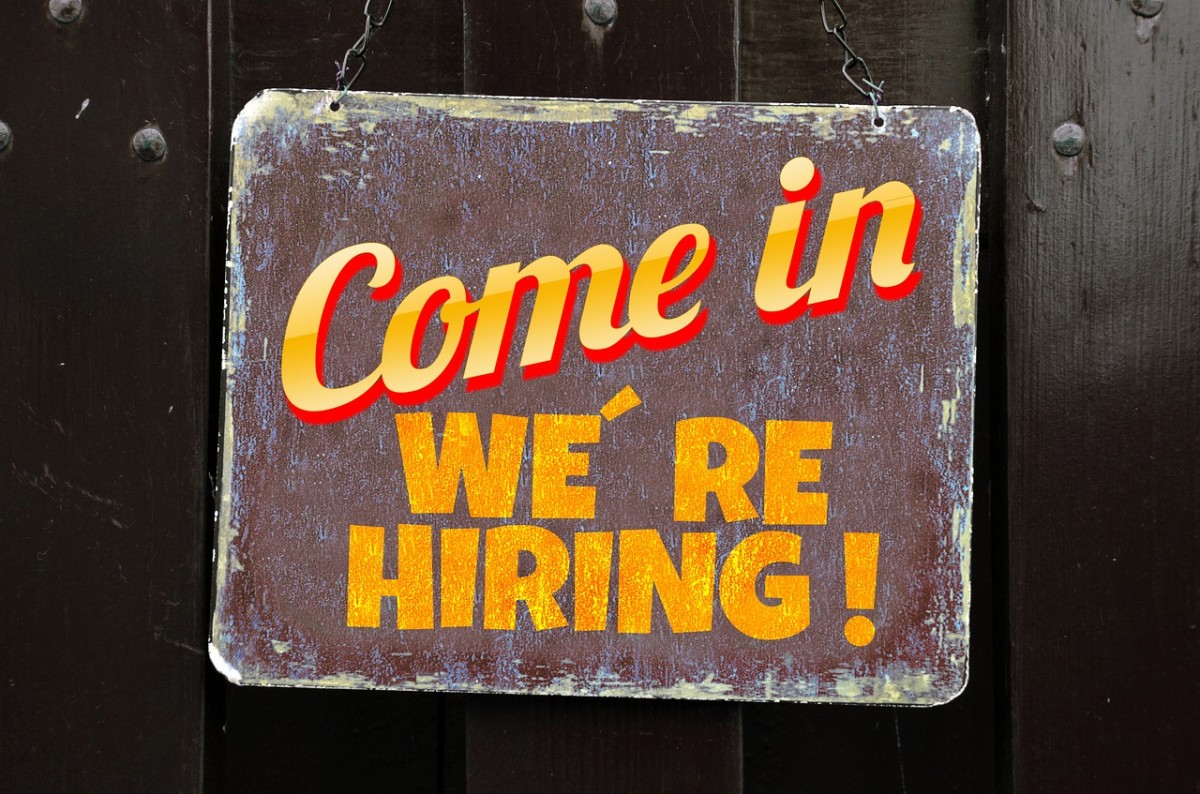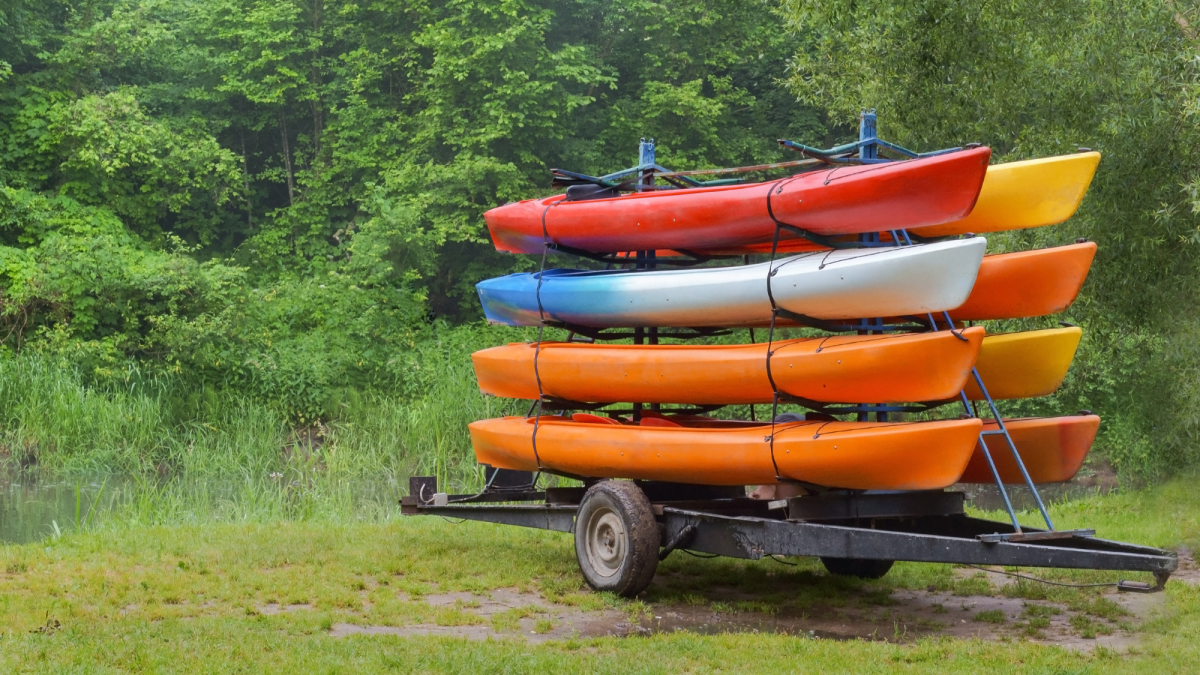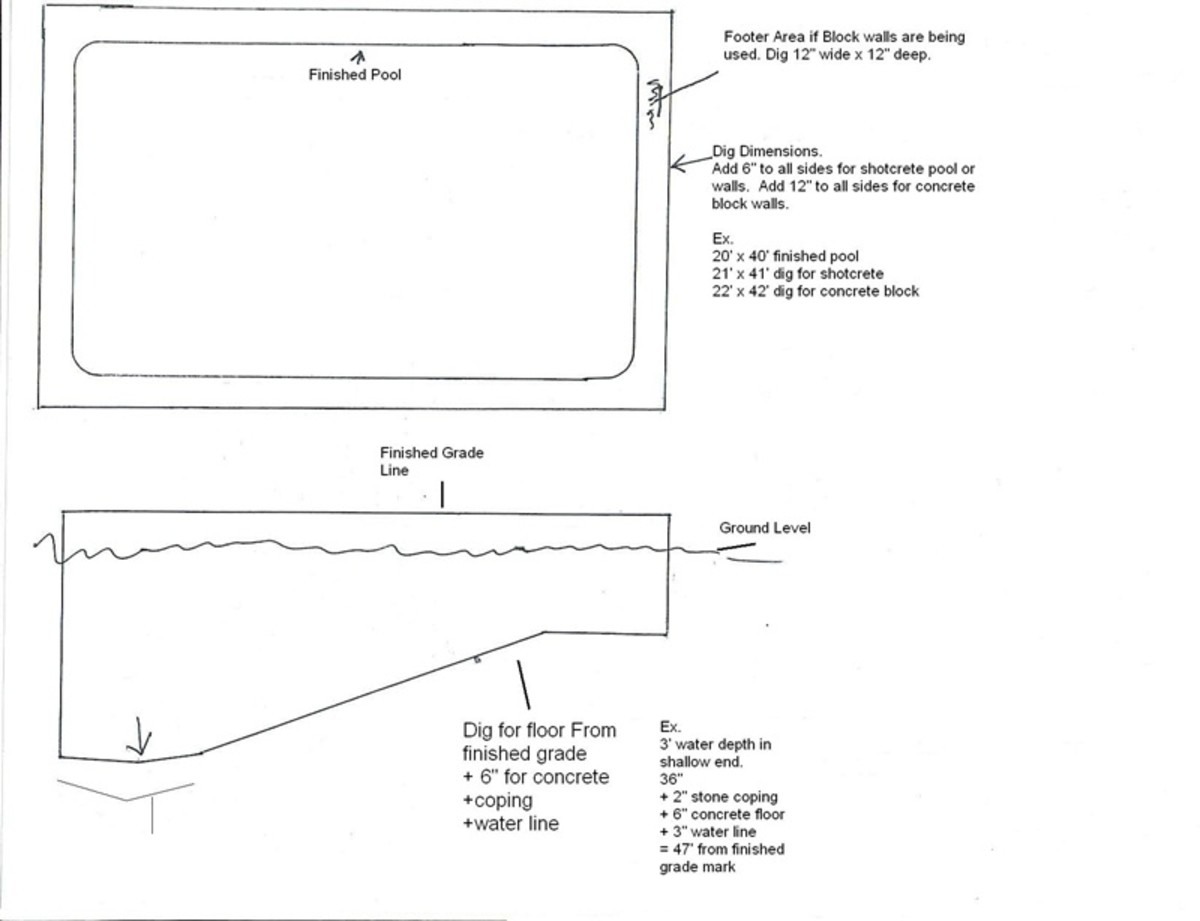What's the Minimum Age for Scuba Diving?
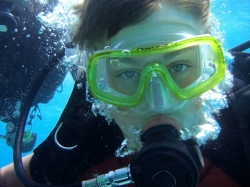
Minimum Age for Scuba Diving and How to Know if Your Child's Ready
Many people might be surprised to know that the minimum age for scuba diving is only 10 years old. The major diving organizations all offer junior certification programs for children that young. The kids must pass the same knowledge and skills tests as adults, but the kids have certain restrictions on how deep they can dive and with whom they may dive until they are old enough to get a full Open Water Diver certification. My 11-year-old son recently completed his PADI Junior Open Water Diver certification. Here's some tips from a scuba diving mom to know if your child is ready to complete a diving class.
(Photo credit: Mvabrd)
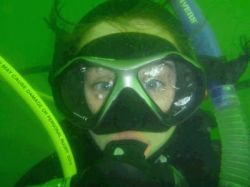
Does Meeting the Minimum Age for Scuba Diving Mean You're Ready?
Challenges for young divers
Does your child want to scuba dive? Many kids express an interest in the sport because they know someone who is already doing it, they've seen it on TV or they've read about it in a book. The Boy Scouts of America also has a scuba diving badge that might be the impetus behind your child's interest in scuba diving. If you're not a diver yourself and don't know a diver, you might have a lot of questions: Can my kid really do this? What's required to become certified? Will he/she have to do everything the adults do? Learning more about scuba diving can help you make a decision about whether diving is the right sport for your child at this time.
How My 11-Year-Old Son Became a Scuba Diver
I became a certified scuba diver when I was a senior in high school, but stopped diving after only a couple of years. I took the sport up again 25 years later when my 11-year-old son (shown here on one of his certification dives) expressed an interest. We did our PADI certification together. He was the only child in a class with a class of 11 adults, and he had to do everything everyone else did. He finished with flying colors, even getting better scores on a few of the written quizzes than I did!
But not everything came easily to him. At one point, after practicing a variety of skills in the pool for over four hours, he was ready to get out and quit. It was only with much coaxing that I was able to encourage him to finish the final pool skills. When he did, he was very proud of himself and glad that he hadn't quit.
Classroom Challenges for Young Divers
There are three organizations in the United States that offer certification: PADI (Professional Association of Dive Instructors), NAUI (National Association of Underwater Instructors) and SSI (Scuba Schools International). All of them have very similar requirements and break their courses into three parts - classroom work, confined water (usually pool) practice and open water "checkout" dives. The classroom work and pool skills are done first and then you complete one or more dives to prove your skills to your instructor in the open water.
Many scuba schools now have a study-at-home option so you do most of your studying at home and have less time in class. This is the type of program my son and I did. We got the PADI diver manual and DVD in advance and studied it at home, and our classroom lessons were basically a short review and 10-question quiz of each chapter and then a final 50-question test at the end. I think studying at home is actually an advantage for kids because it gives them more time to go over each section of the book and understand it completely, rather than trying to follow along with a group of adults who might understand some of the difficult concepts more readily.
There's nothing a scuba diver needs to understand that a 10-year-old child can't pick up, but it might not be easy for them to grasp some of the concepts. Understanding basic math like multiplication and fractions is a help because they'll need to understand the changing pressure at various depths. Fortunately, PADI helps simplify this with a chart that my son was able to quickly grasp.
Children may also need help understanding the phrasing of certain concepts and questions. For instance, one of the true/false questions in the PADI Open Water Diver Manual says: "An object is neutrally buoyant when it displaces an amount of water less than its own weight." After we went back and reviewed the section of the book that explains why a large steel ship can float, he understand the concept, but "buoyancy" and "displace" were new words for him, so I simply needed to rephrase the question for him in words that he understood.
So the concepts in the diver manual aren't too advanced for kids, but the way they're presented may be a challenge. Parents should be ready to help simplify the concepts for young kids.
Challenges in the Water for Young Divers
In the pool, kids need to demonstrate all the same skills as adults. This includes treading water for 10 minutes, clearing your mask and snorkel of water, putting your gear on and off, maintaining neutral buoyancy and other skills you'll need for diving. Most kids who are good swimmers, spend a lot of time in water and enjoy being under the water should be able to master these with no more difficulty than the adults.
For my son, the hardest part of the pool skills was simply managing the gear. He could easily assemble his gear, securing the tank and regulator to the BCD (buoyancy compensation device). But he weighs less than 70 pounds and is small for his age, so even an extra small BCD didn't fit well, and he had trouble supporting the weight on his back and walking in scuba fins.
Because we live in northern California where the water is cold, getting a proper-fitting wetsuit was also a challenge. In cold water, if your wetsuit doesn't fit snugly, the water will come in and the wetsuit won't keep you warm. Since none of the wetsuits fit quite right, we got a lighter-weight springsuit to wear under the wetstuit, as well as Lavacore wetsuit socks to wear inside his scuba boots.
In the end, however, the heavy equipment and cold water didn't stop my son. He finished his certification with no problems! He even did better than some of the adults, who had to make several attempts to complete their underwater skills tests, while my son completed every test the first time without needing to surface and start again.
Yes, kids can become certified scuba divers! If you have a young wanna-be diver, give them encouragement and a little help, and they'll be able to succeed!
(Image credit: Lisa Howard)
Jr Open Water Diver Restrictions
PADI Junior Open Water Divers from 10 - 11 years old are limited to a depth of 40 feet and must swim with a parent/guardian or PADI instructor.
Junior Open Water Divers from 12-14 years old can dive with any certified adult scuba diver.
When they reach 15 years old, kids can upgrade to an Open Water Diver card and dive to 60 feet.
Learn More About Scuba Diving - Books and introductory classes
If your child wants to try scuba diving, but you're still not sure, you don't need to plunk down all the money for a full course right away. Many PADI dive centers offer introductory Discover Scuba Diving courses for kids who are at least 10 years old. This class generally lasts a couple hours and will introduce your child to scuba gear and give them a chance to use it in the pool while practicing a few basic skills such as breathing from a regulator and clearing a mask. It's a great way to see if your child is really ready for a full certification course.
For younger kids at least 8 years old, some PADI centers also offer Bubblemaker birthday parties, where kids get to use scuba gear in a pool, or SealTeam diving classes. SealTeam classes teach kids basic diving skills in a pool or other confined water, and don't have an open water component.
Any of these are good, inexpensive ways to learn more about scuba diving. You can also buys books, such as the one below from Amazon, or go to a local dive shop and get the PADI Open Water Diver Manual to see what's really involved.
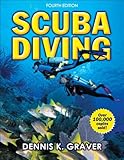
The minimum age for scuba diving is 10 years old
PADI Junior Open Water Divers on Their Checkout Dives - See kids scuba diving
This is a great video showing some kids on their open water checkout dives. These kids have already completed the classroom and confined water portion of the class and now get to go into the ocean to show their skills.

